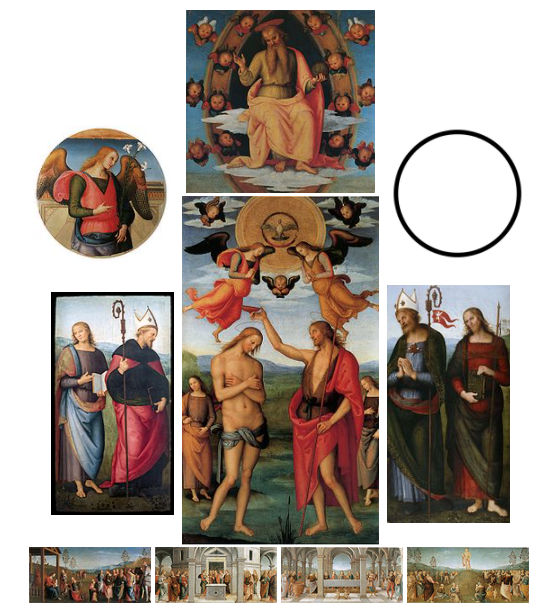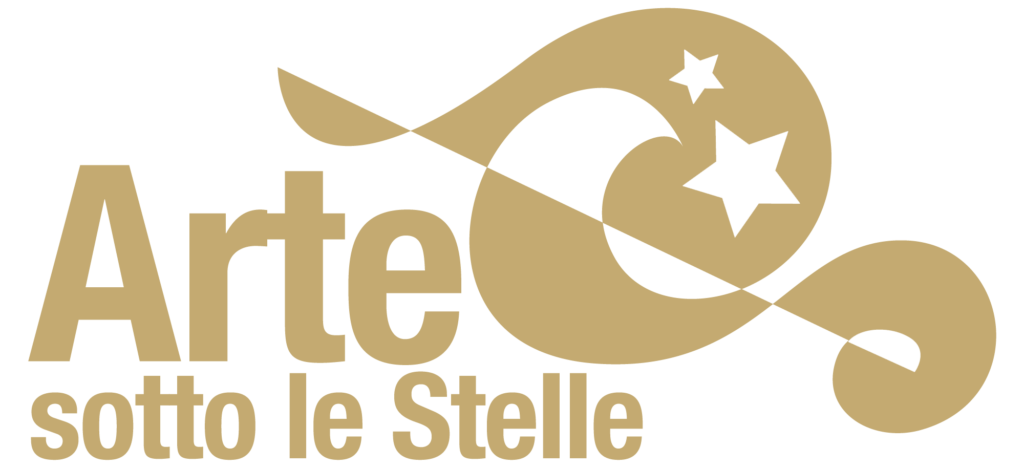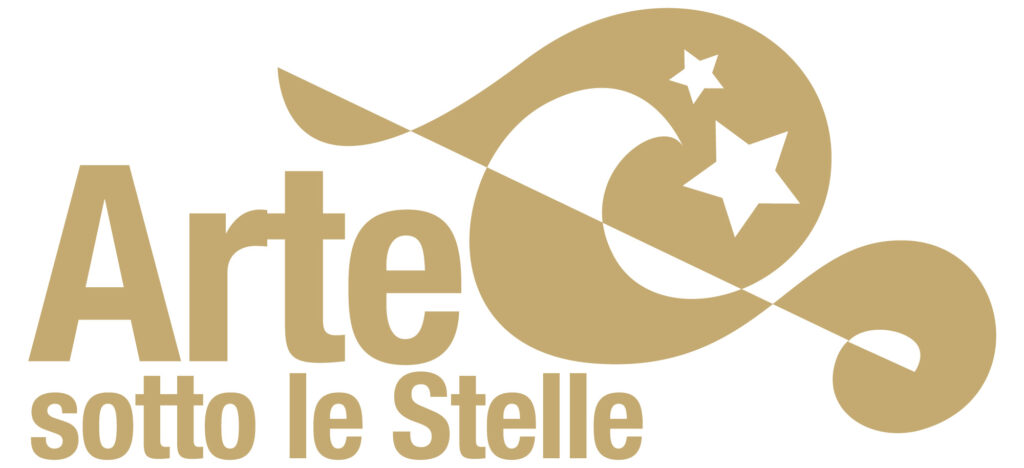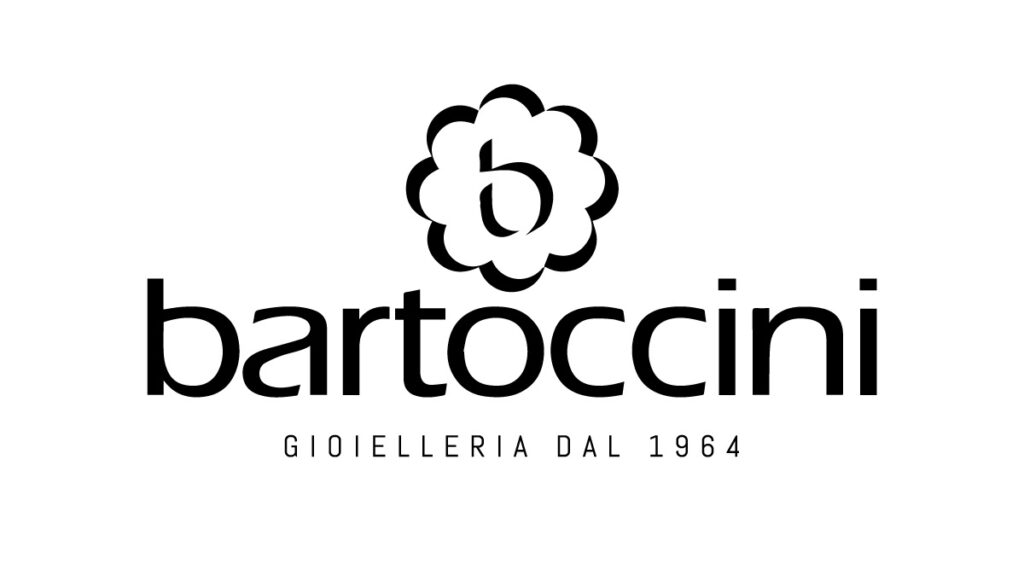Polittico di Sant’Agostino – Perugia
Il Polittico di Sant’Agostino è un grande complesso di tavole (smembrate ed in parte perdute) realizzato dal Perugino e dalla sua bottega in due fasi (1502-1512 e 1513-1523, anno della morte del maestro di Città della Pieve).
Il grande impianto pittorico venne commissionato come pala di altare per la chiesa di Sant’Agostino a Perugia; nel 1495, i frati agostiniani affidarono a Mattia di Tommaso da Reggio la costruzione della struttura lignea a due facciate per ospitare i dipinti, terminata nel 1500.
Nel 1502, pattuendo un compenso di 500 scudi, fu quindi incaricato il Perugino per realizzare il grandioso ciclo pittorico che comprendeva numerosi pannelli.
I lavori iniziarono probabilmente già l’anno successivo, nel 1503, e proseguirono fino al 1512, quando, per alcuni disguidi, l’attività venne sospesa.
Durante la prima fase dei lavori vennero realizzate le tavole che dovevano essere innestate sul recto della struttura, ovvero quella rivolta verso la navata della Chiesa: risalgono quindi al decennio 1502-1512 il Battesimo di Cristo (pala centrale), San Giovanni e sant’Agostino sulla destra e sant’Ercolano e san Giacomo Maggiore sulla sinistra, l’Angelo Annunciante e la Vergine Annunciante (andata persa), e le tavolette con episodi di vita di Cristo della predella (l’Adorazione dei Magi, la Predica del Battista, le Nozze di Cana e la Presentazione di Gesù al tempio).
Nel 1513, il Perugino riprese la lavorazione, che portò avanti fino al 1523, anno della sua morte. Vennero quindi realizzate in quel periodo le opere per il verso, la parte posteriore rivolta verso il coro dei frati: al centro si trovava l’Adorazione dei pastori, affiancata sulla sinistra da Sant’Irene e San Sebastiano e san Girolamo e santa Maria Maddalena sulla destra; nel registro superiore, su due tondi, un Giovane santo con spada (forse identificabile con san Giuliano) e san Bartolomeo.
A questa seconda fase risalgono anche i pannelli per entrambe cimase, l’Eterno benedicente verso la navata e la Pietà verso il coro, attorniata ai lati dai tondi dei profeti David e Daniele.
La struttura fu ripartita nelle due facciate già intorno al 1654, ed il Polittico fu definitivamente smembrato nel 1683.
Durante il periodo delle soppressioni napoleoniche varie parti del Polittico furono inoltre trasportate in Francia: la tavola de i santi Filippo ed Agostino si trova attualmente al Musée des Augustins di Tolosa, i santi Ercolano e Giacomo Maggiore al Musée des Beaux-Arts di Lione, i santi Irene e Sebastiano al Musée de Grenoble e il santo Giovane con spada al Musée du Louvre di Parigi; inoltre, dopo vari passaggi collezionistici, il San Bartolomeo è attualmente conservato al Birmingham Museum and Art Gallery, in Alabama. Presso l‘Abbazia di San Pietro è custodita la cimasa con la Pietà, mentre tutte le altre tavole sono invece conservate alla Galleria Nazionale dell’Umbria di Perugia.











